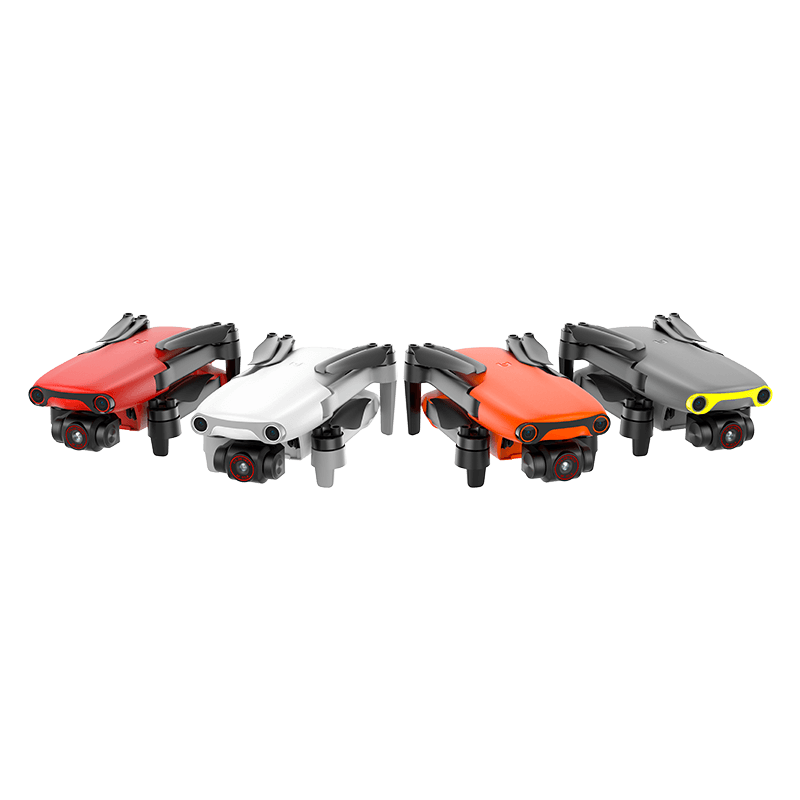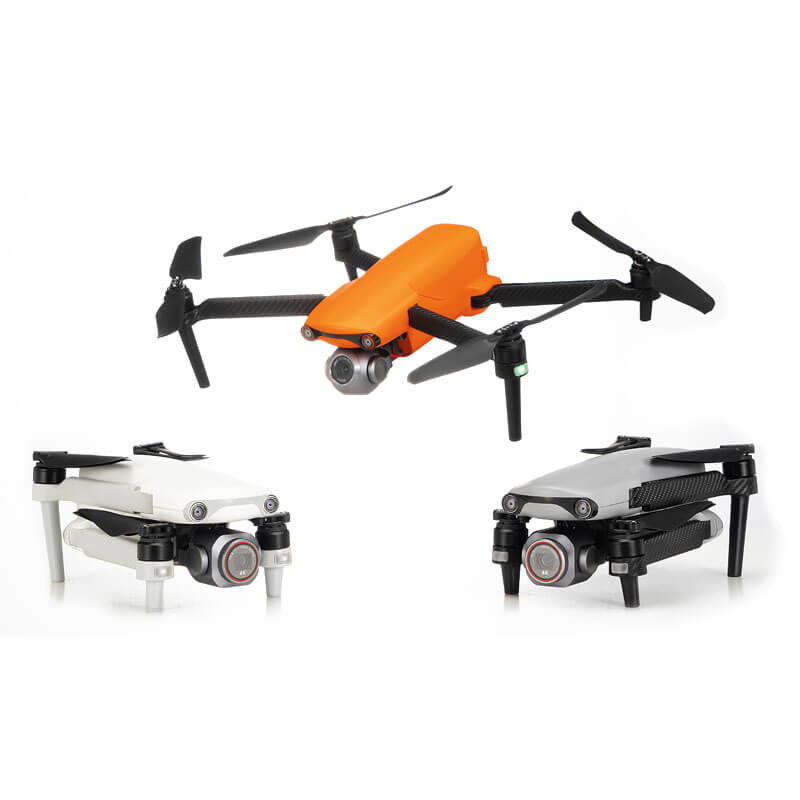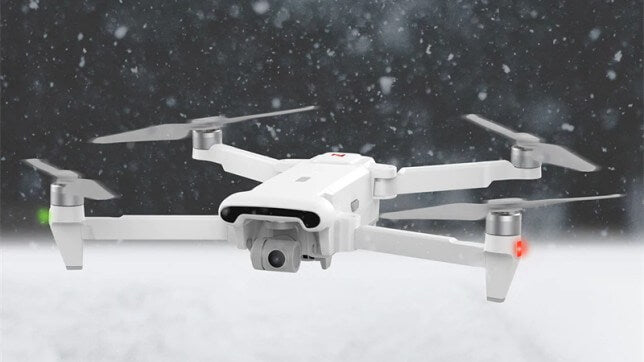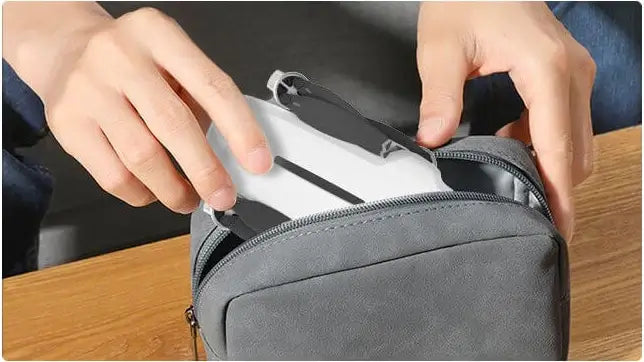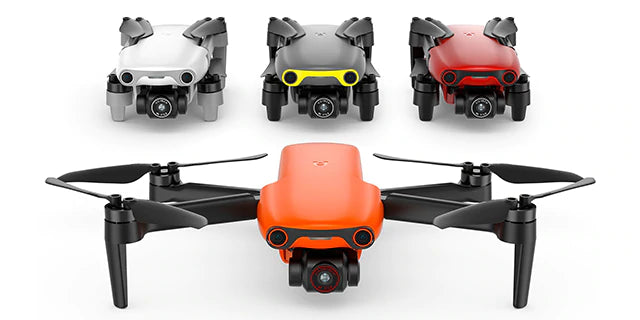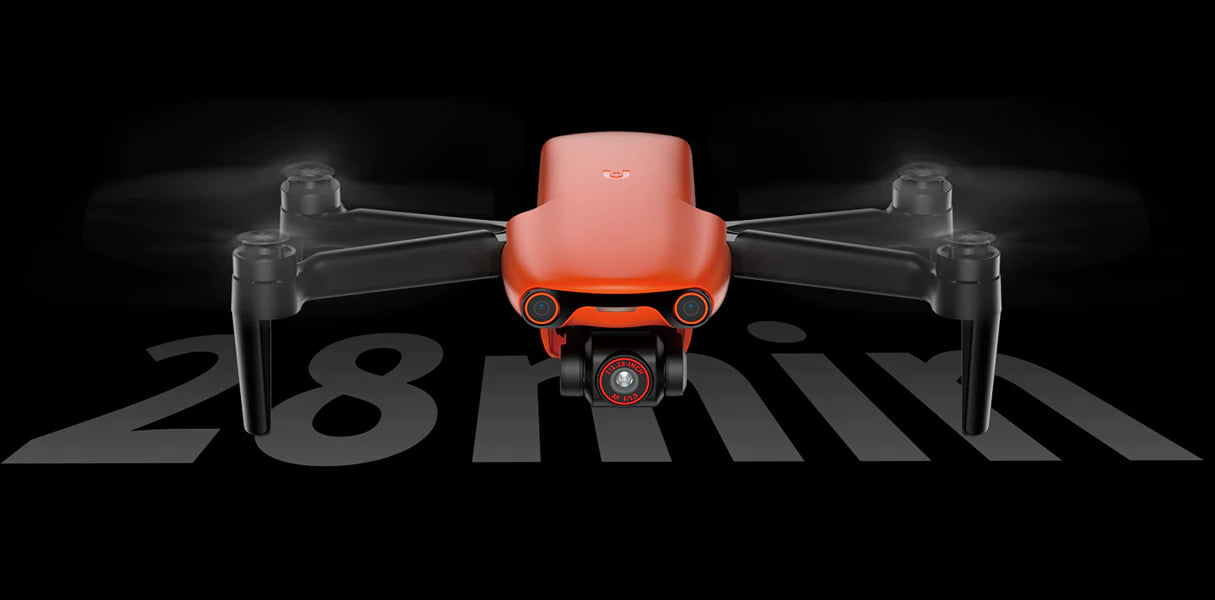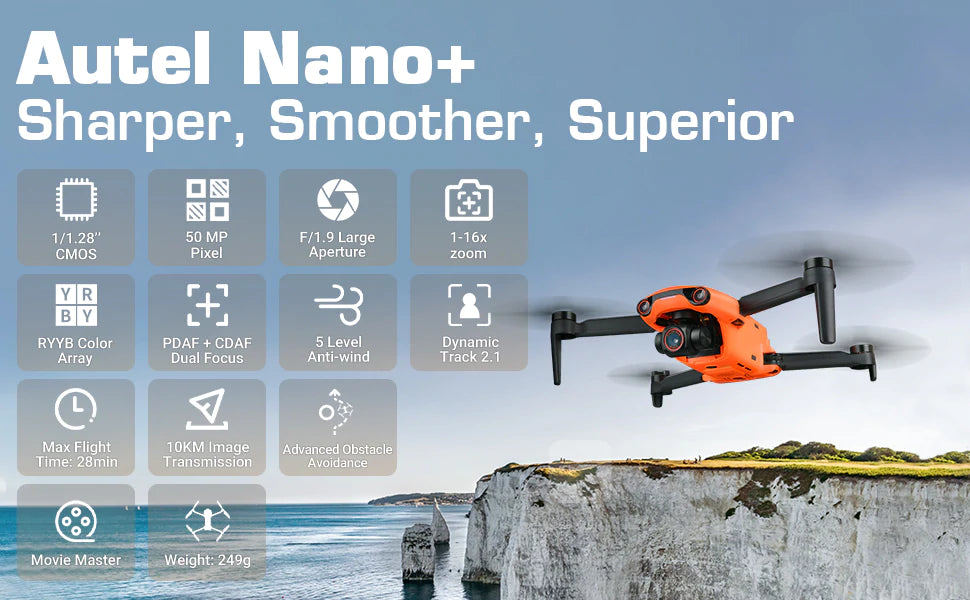While the Evo Nano+ is considerably more expensive to purchase than the DJI Mini 2 of the same size, its overall specs are closer to the DJI Mavic Air 2 and, to a certain extent, the more expensive DJI Air 2 S. The Autel Evo Nano+ is a small sub-250g drone with three-way obstacle avoidance, a mini-hodgepodge of auto-flight modes, and an absolutely stunning 4K camera Evo Nano+ that is nothing short of a blockbuster.
In the case of all three drones in this comparison, each drone can fly up to 6 miles as long as the flight is unobstructed. That's a long, long way.
In terms of live view image quality back to the phone, both the DJI Mini 2 and Mavic Air 2 hit 720p resolution. Surprisingly, the little Evo Nano beats both of them with an astonishing 2.7K resolution, up to 1km, over 1080p. This equates to a significantly sharper image on the phone, making it easier to see finer details on the ground and ahead.
Evo Nano+ drone intelligent flight
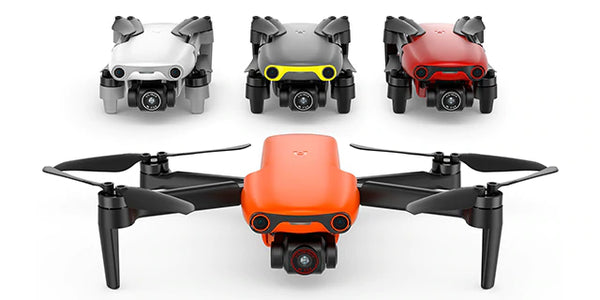
There isn't much difference between these drones in terms of standard mode speeds measured at no wind and sea level. In standard mode, the Autel Evo Nano and DJI Mini 2 are clocked at 22mph, and the DJI Mavic Air 2 is clocked at 27mph. In Sport mode, however, the Evo Nano can only hit about 29 mph (after its stats were recently downgraded from 33.5 mph), compared to 35.7 mph for the DJI Mini 2 and 35.7 mph for the Mavic Air 2 Much faster at 45.5 mph. Speed isn't everything a camera drone is all about, although you'll need to be more careful when flying the Evo Nano, or it might not come back to you in a strong headwind.
What's more important is battery life, but all three models here have similar specs and should only take a few minutes either way. The Autel Evo Nano has a flight time of up to 28 minutes, the DJI Mini 2 is up to 31 minutes, and the DJI Mavic Air 2 is up to 34 minutes. To be honest, 28 minutes, with flying sight, is more than enough to catch a good shot. But you might disagree.
The result is that all three drones perform fairly equally, but again, the Autel Evo Nano outperforms both DJIs with its superior live feed capabilities.
The pocket-sized Autel Evo Nano is the first small consumer drone we've seen, and it's capable of giving DJI a very good inning. Weighing just 249 grams, this little bird features a 1/2-inch camera for stunning 4K footage and 48-megapixel stills, as well as three-way obstacle avoidance for added flight safety. It is the first non-DJI camera drone to receive full five-star honors. Well deserved.
smart drone Aircraft purchase

The Autel Evo Nano+ was released in January 2022, with the standard Nano drone (as I said before, it's the same drone, but with a more basic camera than the Plus) and two other larger models: the Evo Lite is released together with Evo Lite+. The Lite has the same size camera sensor as the Evo Nano+, while the Evo Lite+ has a larger 1-inch sensor. All four drones can be folded up for easy transport and storage.
The Evo Nano+ is not only lightweight, but also very small. It measures 142 x 94 x 55mm when folded and fits easily into a jacket pocket for all kinds of travel. In fact, the Premium Bundle we're reviewing here includes an excellent shoulder bag that you'll barely notice, even on long walks.
One of the main selling points of the Evo Nano+ is its ability to avoid front and rear obstacles. This is a great feature if you're flying close to trees and buildings. It's also a good backup if flying near people - you're legally not supposed to.
|
|
Reason for purchase |
reasons to avoid |
|
Evo Nano+
|
Great camera with 1/2" sensor |
Not the fastest top speed |
|
Brilliant 4K video |
Firmware update is a bit of a problem |
|
|
Heady 48MP stills |
||
|
Three-way obstacle avoidance |
||
|
Below 250 grams |
Combo Camera Drone
As an aerial photography platform for hobbyists and casual users, EVO is almost unrivaled. Aside from the stunning camera and smooth flight controls, equally impressive is the gimbal control wheel. Unlike some gimbal controllers I've used that struggle to find the sweet spot between fast and slow, this controller allows for precise camera positioning without sudden changes in speed. Basically, the more pressure you put on the wheel, the faster the camera will tilt. Trust me, I've screwed up a lot of video footage because the gimbal moves too fast or not fast enough, but I haven't had this problem. Well done Autel Robotics!
Like many modern camera drones, the Autel Evo Nano+ also features a variety of autonomous flight modes that help pilots capture dramatic video sequences from a variety of compelling angles that are often unsuccessful with manually controlled drones. Start close to the subject, then zoom back in and out to perform a perfect circular motion around the subject, Flick tracking towards the static subject, then flicking in the opposite direction. Dynamic Track 2.1 is another hack as it automatically follows a moving subject without pilot input.

